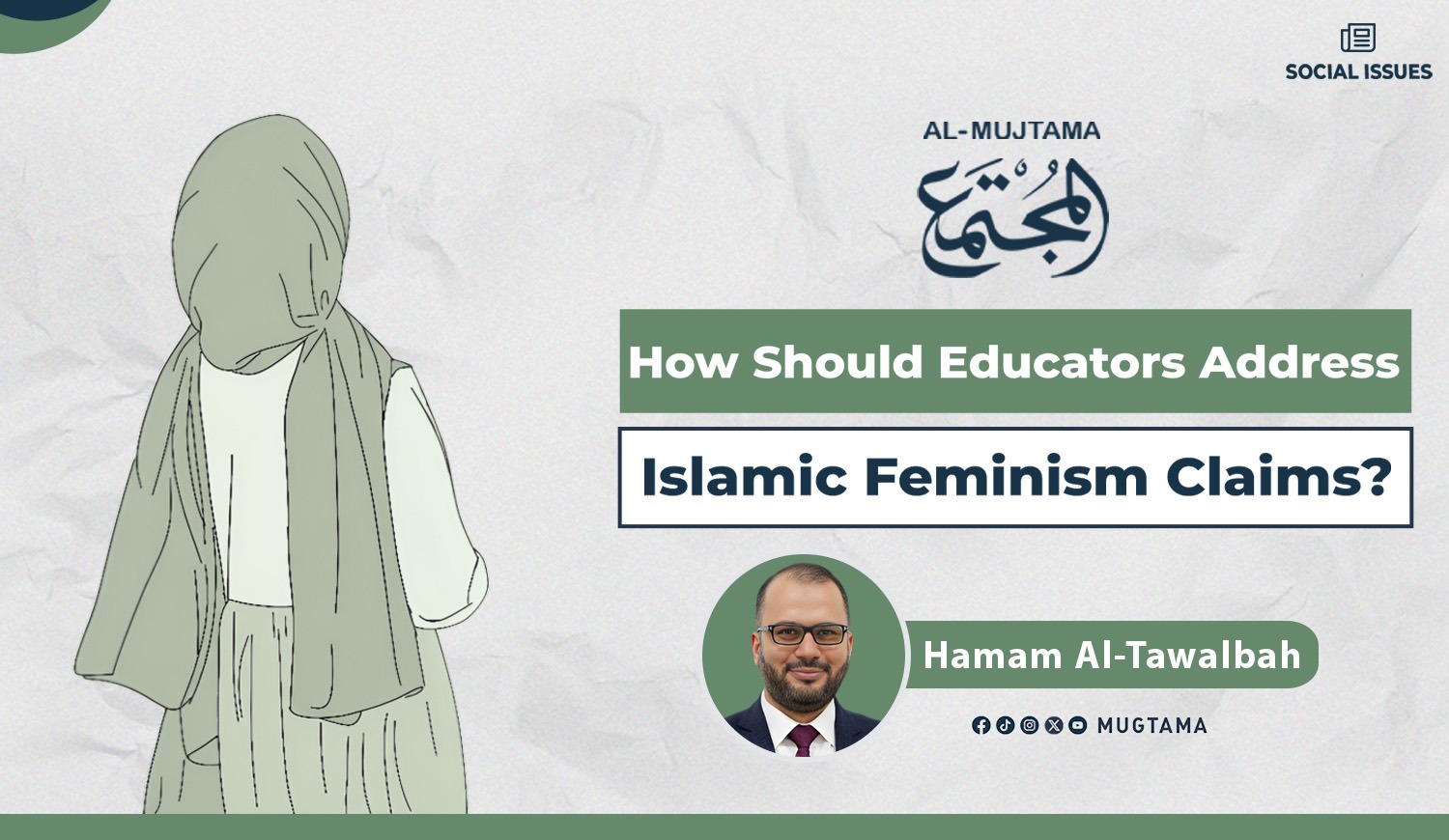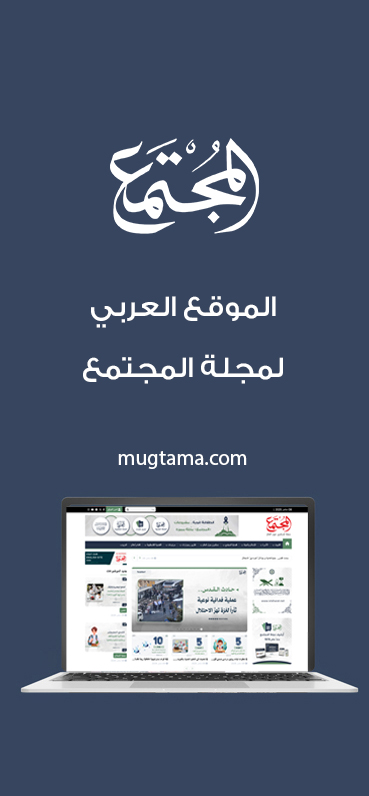How Should Educators Address Islamic Feminism Claims?

Islamic feminism seeks to promote its
Western-inspired ideas among Muslims under two major banners: first, the
defense of women and their rights, attempting to lift the social injustices
they face in Muslim societies; and second, the re-reading of religious texts in
order to purge them of patriarchal and male-centered interpretations that,
according to them, have entrenched women’s oppression and men’s domination.
From Re-Interpretation to Atheism
Islamic feminism does not openly clash with
religion, but rather calls for a re-reading of its texts and the scholarly
tradition through a feminist lens, which ultimately aligns with the outcomes of
Western feminism. In doing so, it tears
apart many definitive meanings of Islamic law that are known as necessities of
religion. Its opponents consider this a preparatory stage for dismantling the
authority of religion over Muslim societies and opening the way to atheism
through the gateway of women’s grievances.
This is exactly what happened with the
Omani girl Zuwaina, who committed suicide after apostatizing and leaving
religion due to such dark feminist ideas.
Real Focus of Islamic Feminism
To clarify, our discussion of Islamic
feminism does not address its critique of certain juristic opinions that are
based on texts open to interpretation in authenticity or meaning—opinions from
which one may legitimately turn to other views of reputable scholars. Rather,
it concerns Islamic feminism’s criticism of definitive religious texts that the
Ummah has unanimously agreed upon throughout its history, such as: hijab, the
wife’s obedience to her husband, her dowry and financial maintenance, the husband’s
right to divorce, and similar rulings. It advances this criticism by relying on
modernist methodologies such as “re-reading the text” and “historicism,” among
other Western methods alien to the interpretive principles of Islamic law.
Opportunity for Educators
Despite this evasive presentation by
Islamic feminism, its mere acknowledgment of religion and its authority—even if
only temporarily—can be sufficient to dismantle its claims, if educators wisely
leverage this admission to engage with and challenge such deviant ideas that
claim to renew and modernize Islamic rulings.
Some general points that educators should
emphasize when refuting the claims of Islamic feminism include the following:
First: Highlighting the
religious texts and classical statements that emphasize care for women, affirm
their role and complementary function alongside men, and negate the very notion
of conflict with men upon which feminism at large bases its propaganda. Historical
examples should be presented, such as the women of the Prophetic era and other
immortal figures throughout Islamic civilization.
Second: Reminding learners of
the objectives of Shariah and the purposes behind human creation, for which
Allah legislated those rulings that organize the roles of men and women in
Muslim society. One must show how these rulings harmonize with themselves, with
those greater purposes, with reason, with innate nature, and with the order
Allah set for all existence—leading to human happiness in this life and the
next, and protecting humanity from both excess and neglect. Any alteration of
this divine, integrated legislative system results in imbalance and corruption
that undermine the very intent of Shariah.
Third: Warning against
extremist calls that exploit women’s real grievances in certain societies to
drive them away from the family role Allah has assigned them—thus depriving
them of their closest innate rights such as marriage and motherhood—and instead
turning them into mere commodities within the global markets of material
consumption, where everything is subject to buying, selling, and
supply-and-demand.
Fourth: Educators must clarify
the distinction between the sacred religious texts and the non-sacred
human juristic interpretations around them. They should also distinguish
between rulings that are speculative (where scholars differ) and those that are
definitive (upon which the Ummah is unanimous). Not all texts are authentic in
transmission, nor are all interpretations acceptable; some are validly
possible, while others cannot be borne by the text. Though this distinction is
complex, it is crucial for setting priorities and preserving the fundamentals.
Fifth: It is also necessary
to expose the corruption of certain methodologies upon which Islamic feminism
relies to extract religious meanings, such as re-reading the text, historicism,
rejection of consensus, denial of analogy, and rejection of Sunnah. These must
be contrasted with the sound methodologies recognized in Islamic scholarship.
This requires going into detail, consulting scholars, and engaging in deep
dialogue with learners—especially in today’s age of informational fluidity and
instant access to knowledge.
Sixth: Since Islamic feminism
is a hybrid thought attempting to merge Shariah, local culture, and Western
intellectual products, it is inevitably filled with contradictions—which has
been proven in practice. Educators must expose these contradictions and highlight
the conflicts and inconsistencies among feminist advocates themselves, showing
that they fail to provide a coherent methodology worthy of being associated
with religion.
Seventh: Educators must also
not neglect to point out the errors of Western feminist ideas, their
materialist and atheistic roots, their injustices to women, and the harms they
have caused to women’s real interests—illustrated by concrete examples from
Western societies. Although Islamic feminism claims to differ from Western
feminism, in both methodology and outcome it does not; the difference lies only
in presentation and rhetoric. If an educator succeeds in prompting Islamic
feminism to criticize Western feminism, much of its own claims can be
undermined—as proven in practice.
This, then, is a selection of what can be
said to educators in addressing the phenomenon of Islamic feminism, which
infiltrates Muslim minds in the name of religion and has unfortunately
influenced some veiled women and religious individuals. And in such a
discussion, the “devil” is not in the details, as the saying goes; rather,
delving into the details is precisely what shuts the doors of the devils.
-------------------------------------------------------------
Read Also:
-
Feminism’s Impact on Muslim Women's Identity
-
Feminism in Crisis… From Empowerment to Excess











